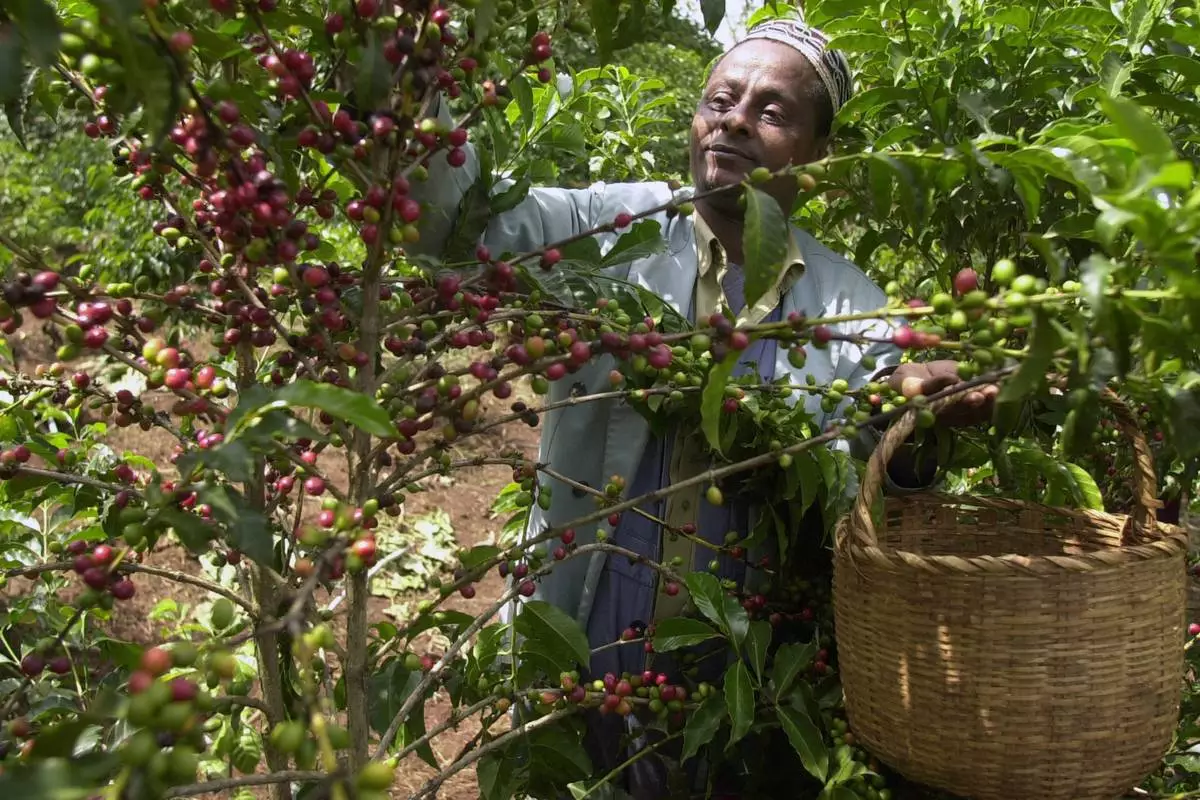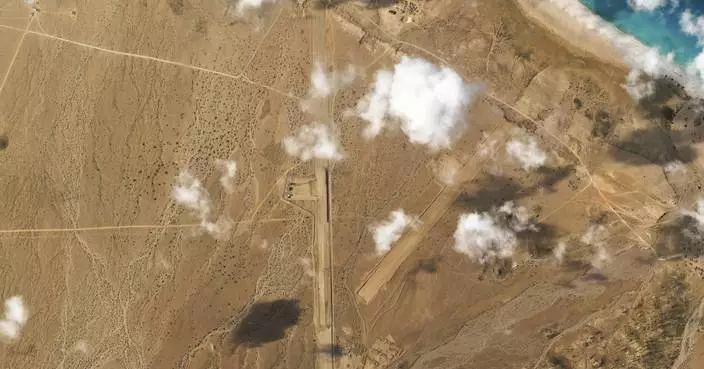Over 110 Yemeni children were killed between January and October in the key port city of Hodeida and a southwestern province, an international charity said Monday.
Save the Children said in a report that 56 children were killed and 170 wounded as a direct result of fighting in Hodeida, despite a cease-fire there between Yemen’s internationally recognized government and the Houthi rebels that was brokered by the U.N. last December in Sweden.
“The Stockholm Agreement brought a glimmer of hope to civilians in the area, but the fighting is far from over,” said Mariam Aldogani, Save the Children's field manager for Hodeida. The city serves as a main passageway for aid and a lifeline for Houthi-controlled areas.
The charity said it was forced to close some of its children’s centers in Hodeida for three months this year due to security fears as a result of shelling by the warring parties.
The U.N.-brokered deal, which also included a prisoner swap, has prevented massive humanitarian suffering in Yemen but has yet to be fully implemented.
Another 57 children were killed in the province of Taiz in the first ten months of this year, more than double the toll in 2018 when 28 children were killed, the charity said. The fighting also wounded 49 children in Taiz.
“Every day we receive wounded children in Save the Children-supported hospitals needing our care. In 2019, our team has given medical care to more than 500 children who have been caught up in this conflict, some with life-threatening injuries,” Aldogani said.
She said that in once instance, Save the Children simultaneously treated six wounded children from two families, some of whom had broken legs and shrapnel wounds across their bodies.
“I cannot forget the youngest girl, just three years old, with burns all over her hands” she said. "We need to stop this war on children,” she added.
The conflict in Yemen began with the 2014 takeover of the capital, Sanaa, by Iranian-backed Houthi rebels who control much of the country’s north. A Saudi-led coalition allied with the internationally recognized government has been fighting the Houthis since March 2015.
In the relentless campaign, Saudi-led airstrikes have hit schools, hospitals and wedding parties and killed thousands of Yemeni civilians. The Houthis have used drones and missiles to attack Saudi Arabia.
The war has killed over 100,000 people and created the world’s worst humanitarian crisis, leaving millions suffering from food and medical shortages.
That coffee you slurped this morning? It’s 600,000 years old.
Using genes from coffee plants around the world, researchers built a family tree for the world's most popular type of coffee, known to scientists as Coffea arabica and to coffee lovers simply as “arabica.”
The researchers, hoping to learn more about the plants to better protect them from pests and climate change, found that the species emerged around 600,000 years ago through natural crossbreeding of two other coffee species.
“In other words, prior to any intervention from man,” said Victor Albert, a biologist at the University at Buffalo who co-led the study.
These wild coffee plants originated in Ethiopia but are thought to have been first roasted and brewed primarily in Yemen starting in the 1400s. In the 1600s, Indian monk Baba Budan is fabled to have smuggled seven raw coffee beans back to his homeland from Yemen, laying the foundation for coffee’s global takeover.
Arabica coffee, prized for its smooth and relatively sweet flavor, now makes up 60% - 70% of the global coffee market and is brewed by brands such as Starbucks, Tim Horton's and Dunkin'. The rest is robusta, a stronger and more bitter coffee made from one of arabica's parents, Coffea canephora.
To piece together arabica coffee’s past, researchers studied genomes of C. canephora, another parent called Coffea eugenioides, and more than 30 different arabica plants, including a sample from the 1700s — courtesy of the Natural History Museum in London — that Swedish naturalist Carl Linnaeus used to name the plant.
The study was published Monday in the journal Nature Genetics. Researchers from Nestlé, which owns several coffee brands, contributed to the study.
The arabica plant’s population fluctuated over thousands of years before humans began cultivating it, flourishing during warm, wet periods and suffering through dry ones. These lean times created so-called population bottlenecks, when only a small number of genetically similar plants survived.
Today, that renders arabica coffee plants more vulnerable to diseases like coffee leaf rust, which cause billions of dollars in losses every year. The researchers explored the makeup of one arabica variety that is resistant to coffee leaf rust, highlighting sections of its genetic code that could help protect the plant.
The study clarifies how arabica came to be and spotlights clues that could help safeguard the crop, said Fabian Echeverria, an adviser for the Center for Coffee Research and Education at Texas A&M University who was not involved with the research.
Exploring arabica’s past and present could yield insight into keeping coffee plants healthy – and coffee cups full – for future early mornings.
The Associated Press Health and Science Department receives support from the Howard Hughes Medical Institute’s Science and Educational Media Group. The AP is solely responsible for all content.

FILE - Mohammed Fita picks coffee beans on his farm Choche, near Jimma, 375 kilometers (234 miles) southwest of Addis Ababa, Ethiopia, on Saturday, Sept. 21 2002. Wild coffee plants originated in Ethiopia but are thought to have been primarily roasted and brewed in Yemen starting in the 1400s. (AP Photo/Sayyid Azim, File)

FILE - Arabica coffee beans harvested the previous year are stored at a coffee plantation in Ciudad Vieja, Guatemala, on May 22, 2014. In a study published in the journal Nature Genetics on Monday, April 15, 2024, researchers estimate that Coffea arabica came to be from natural crossbreeding of two other coffee species over 600,000 years ago. (AP Photo/Moises Castillo, File)






